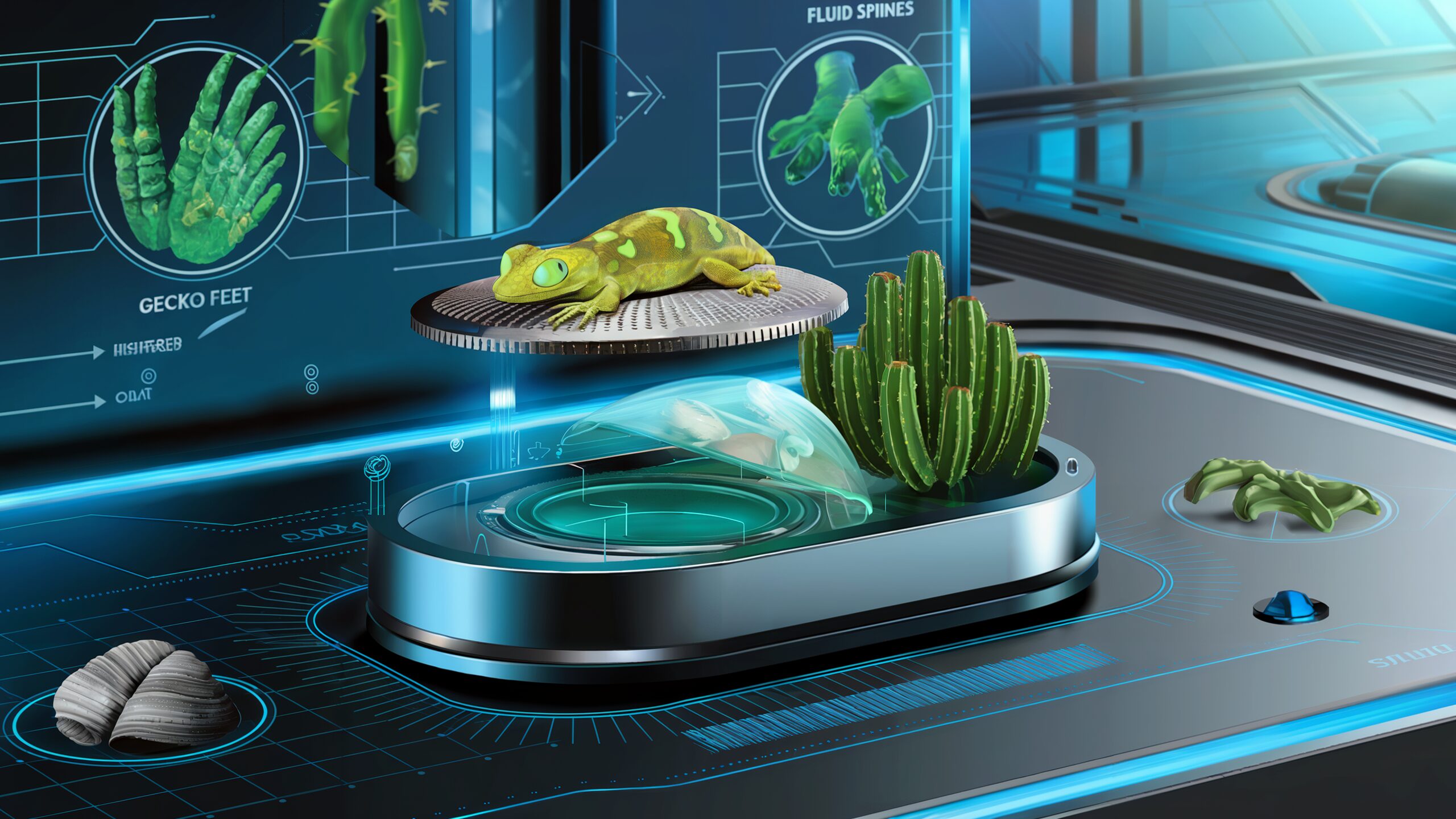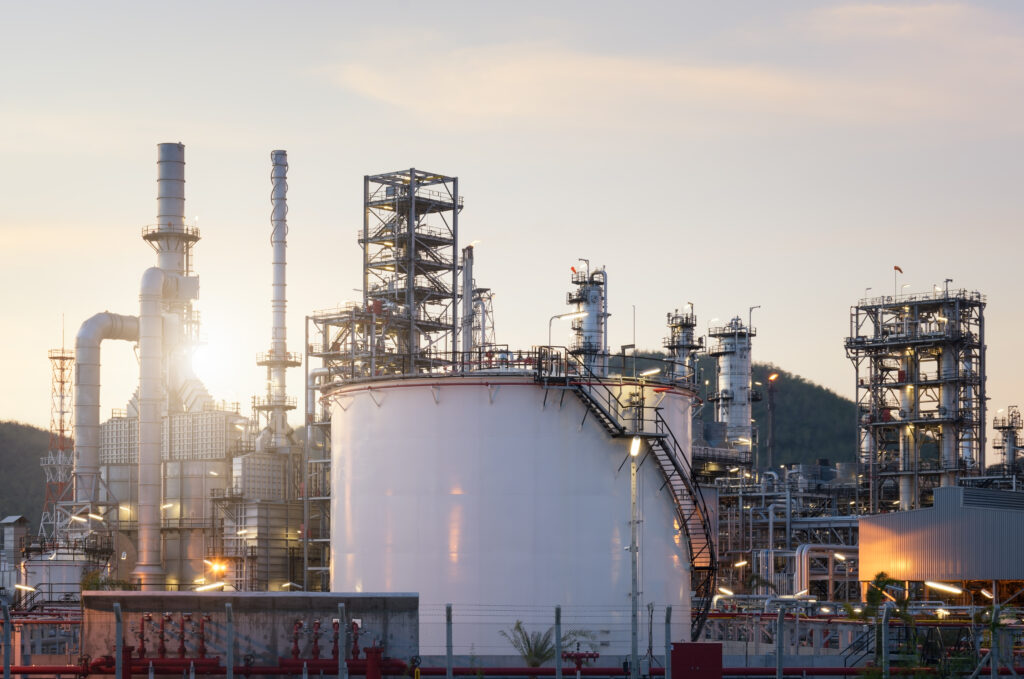Sealing Solutions Inspired by Nature: Biomimicry in Advanced Engineering
Nature as the Ultimate Innovator
Nature’s designs are efficient, resilient, and profoundly adaptive, qualities essential for modern engineering challenges. Biomimicry, the practice of emulating nature’s strategies, has led to revolutionary advancements in materials science, product design, and performance optimization.
In sealing technology, where precision and durability are paramount, biomimetic principles offer unprecedented potential. This article explores how biological insights translate into groundbreaking sealing solutions, backed by scientific research and Advanced EMC Technologies’ innovations.
Natural Sealing Mechanisms and Their Industrial Potential
Biological systems are adept at creating structures that protect internal systems from external elements, achieving efficiency honed over millennia. Several natural mechanisms offer direct parallels to industrial sealing requirements:
Geckos achieve adhesion via nanoscale setae that utilize van der Waals forces, forming reversible yet powerful bonds. Studies have shown gecko-inspired adhesives can support over 300 kg per square meter
Industrial Relevance: Seals with gecko-inspired microstructures could enhance performance in modular systems requiring frequent assembly/disassembly, such as aerospace components or robotics.
Clams use hinge-based seals to withstand underwater pressures while maintaining flexibility. Research has found that bivalve structures balance tension and compression forces for optimal performance .
Industrial Relevance: Flexible seals for high-pressure pipelines and hydraulic systems can benefit from these biomechanical principles.
Cactus spines rely on microcapillary action to channel water efficiently to the plant’s roots. Simulations show these designs improve fluid transfer efficiency by up to 40% in specific conditions .
Industrial Relevance: Biomimetic designs could optimize fluid transfer and leakage control in medical and chemical applications.
Advanced Biomimetic Materials for Sealing Solutions
Materials inspired by nature often outperform traditional options due to their optimized structural and functional properties.
Spider silk exhibits an unrivaled combination of tensile strength (comparable to steel) and elasticity, absorbing up to five times the energy of other natural fibers . Synthetic spider silk-inymers, such as bioengineered PTFE, offer improved performance for seals in extreme stress environments.
Case Study: Researchers at MIT developed a spider silk-based composite that maintains integrity under cyclic loading, ideal for aerospace seals .
Skeleton of beetles is a natural composite that combines high abrasion resistance with lightweight properties. Studies have replicated its microstructure to develop coatings that withstand 20% higher abrasion forces than conventional materials .
Application: Coated seals for hcal environments or deep-sea equipment.
Certain resins naturally seal wounds on tree bark. This has inspired polymers capable of self-healing through chemical cross-linking at micro-abrasion points .
Potential Use: Self-repairing seals in AOR industrial machinery.
Biomimetic Sealing in Practice
Translating nature’s principles into practical solutions requires merging biological inspiration with cutting-edge engineering.
Gecko-inspired seals adjust to surface irregularities, providing reliable sealing without requiring adhesives.
Use Case: Temporary seals for exploratory machinery in high-vibration environments.
Flexible seals inspired by clam shell mechanics can adapt to pressure changes without losing integrity.
Use Case: Hydraulic systems in industrial manufacturing
Bom cactus spine designs, seals could regulate liquid and gas flow in valves, enhancing precision in fluid dynamics.
Use Case: Flow control in medical devices or advanced chemical reactor.
Pioneering Applications Acries
Biomimetic seals are influencing a wide array of industries, providing innovative solutions where conventional designs fall short.
Lightweight seals mimicking bird bone structures, combined with abrasion-resistant beetle shell coatings, reduce weight while ensuring durability. These seals are ideal for high-altitude aircraft and satellite systems
Self-healing materialsby tree sap, reduce downtime in critical surgical tools. Gecko-inspired reversible seals also simplify the modular design of medical instruments
Tough, flexiblived from bivalve structures enhance performance in deep-sea drilling tools, reducing failure rates under extreme pressures
The Road Ahead: BiomimicryEngineering
The biomimetic revolution is still in its infancy, but its trajectory is promising. Areas ripe for exploration include:
Machine learning algorithms can analyze biological systems and generate seal designs optimized for specific applications.
- Example: Algorithms inspired by gecko adhesion have developed more efficient manufacturing robots .
Biomimetic seals alignainability goals by reducing waste, using recyclable materials, and improving energy efficiency.
Partnerships between biologists, engineers, and material scientists will drive innovation, ensuring biomimetic designs are both practical and scalable.
Biomimicry provides a transformative lens through which engineers can tackle complex challenges. By merging the ingenuity of nature with the precision of modern material science, Advanced EMC Technologies continues to redefine what’s possible in sealing solutions.
Ready to explore the next generation of sealing technology? Contact us to discover how biomimetic innovation can elevate your applications.
References
- Gecko adhesion principles and applications – Journal of Nature Materials
- Bivalve shell mechanics in engineering – ScienceDirect
- Cactus spine-inspired fluid dynamics – Journal of Biomechanics
- Spider silk as a biomimetic material – Advanced Functional Materials
- MIT’s spider silk composites – MIT Materials Research
- Beetle shell abrasion resistance research – Journal of Materials Science
- Self-healing polymers inspired by tree sap – Nature Communications
- AI-driven biomimetic designs – Scientific Reports
Ready to Upgrade Your Sealing Solutions?
If you’re looking to improve the reliability and longevity of your high-pressure sealing systems, contact us today to learn more about how our metal C-rings can solve your most demanding sealing challenges. Our experts are ready to help you choose the perfect sealing solution for your specific needs.





